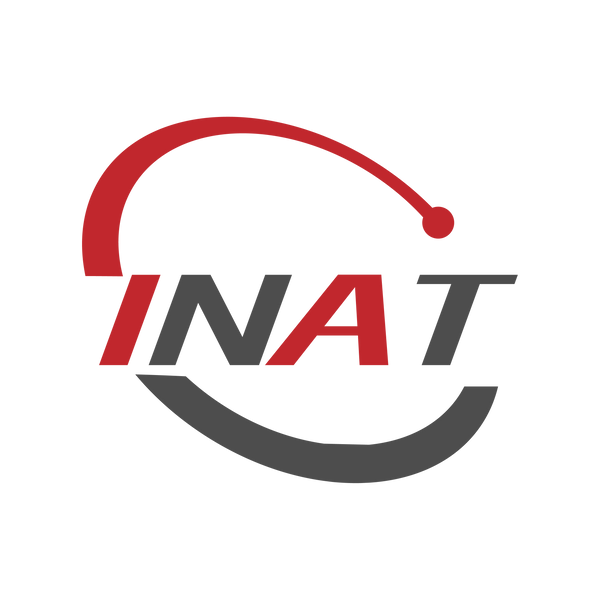
What Makes Up Injector Impedance?
Share
In order to understand the difference between low and high-impedance fuel injectors, it is first important to understand what impedance is. Impedance is a measure of opposition to the flow of an electrical current. In other words, it is a measure of how much a material resists the flow of electricity. The higher the impedance, the more the material resists the flow of electricity.
In general, low-impedance fuel injectors are better for high-performance applications where a large amount of fuel is needed, while high-impedance fuel injectors are better for more moderate applications where a smaller amount of fuel is sufficient. But with the growing popularity and use of high impedance fuel injectors, the gap between the two is getting smaller and smaller.
Let’s dive into the technical and functional differences between low and high-impedance injectors:
At its core, injector impedance measures the degree of ease with which a circuit processes the current when a direct voltage runs across it. It is vital to understand that you measure impedance in ohms. Impedance shows a direct correlation between introduced and processed voltage at the endpoint.
In addition, understand that injector impedance boils down to a wide range of elements. Predominantly, impedance depends on electricity qualities like inductance, reactance, capacitance, and resistance. The majority of injectors divide into low and high-impedance.
In general, low-impedance fuel injectors are better for high-performance applications where a large amount of fuel is needed, while high-impedance fuel injectors are better for more moderate applications where a smaller amount of fuel is sufficient. But with the growing popularity and use of high impedance fuel injectors, the gap between the two is getting smaller and smaller.
Let’s dive into the technical and functional differences between low and high-impedance injectors:
At its core, injector impedance measures the degree of ease with which a circuit processes the current when a direct voltage runs across it. It is vital to understand that you measure impedance in ohms. Impedance shows a direct correlation between introduced and processed voltage at the endpoint.
In addition, understand that injector impedance boils down to a wide range of elements. Predominantly, impedance depends on electricity qualities like inductance, reactance, capacitance, and resistance. The majority of injectors divide into low and high-impedance.
